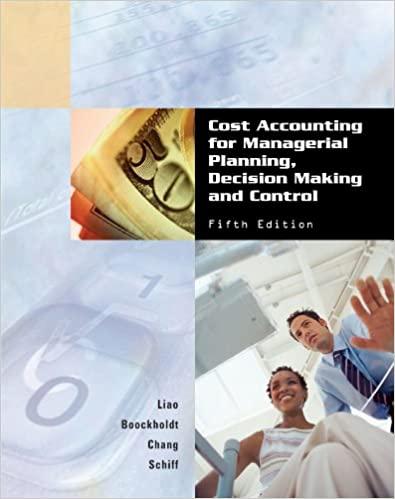HUAWEI 3. Using 105 weekly observations on sales revenue (SALES) and advertising expenditure (ADV) in millions of dollars for a large department store in 2008 and 2009, the following relationship was estimated: SALES, = 25.343 + 1.842 ADV, +3.802 ADV-1 + 2.265 ADV -2 (a) Describe the relationship between sales and advertising expenditure. When does advertising have its greatest impact? What is the long term effect of a permanent 1 million dollars increase in advertising expenditure? (b) The estimated covariance matrix of the coefficients is Intercept ADV Intercept 2.5598 -0.7099 ADV, -0.7099 1.3946 ADV-1 0.1317 -1.0406 ADV-2 -0.7661 0.0984 ADV-1 ADV-2 -0.1317 -0.7661 -1.0406 0.0984 2.1606 -1.0367 -1.0367 1.4214 Using a one-tail test (right tailed) and a 5% significance level, which lag coefficients are sig nificantly different from zero? Do your conclusions change if you use a two-tail test? Do they change if you use a 10% significance level? (C) Suppose, as a marketing executive for the department store, that you have a total of 6 million dollars to spend on advertising over the next three weeks, 1 = 106, 107 and 108. Consider the following allocations of the 6 million dollars: ADV106 = 6, ADV107 = 0, ADV10s = 0 ADV106 = 0, ADV107 = 6, ADV108 = 0 ADV106 = 2, ADV107 = 4, ADV108 = 0 For each allocation of the 6 million, forecast sales revenue for t = 106, 107 and 108 (assume that ADV104 = 1.313 and ADVios = 1.358). Which allocation leads to the largest forecast for total sales revenue over the three weeks? Which allocation leads to the largest forecast for sales in week 1 = 108? Explain why these outcomes were obtained. 4. Let erad be a dummy variable for HUAWEI 3. Using 105 weekly observations on sales revenue (SALES) and advertising expenditure (ADV) in millions of dollars for a large department store in 2008 and 2009, the following relationship was estimated: SALES, = 25.343 + 1.842 ADV, +3.802 ADV-1 + 2.265 ADV -2 (a) Describe the relationship between sales and advertising expenditure. When does advertising have its greatest impact? What is the long term effect of a permanent 1 million dollars increase in advertising expenditure? (b) The estimated covariance matrix of the coefficients is Intercept ADV Intercept 2.5598 -0.7099 ADV, -0.7099 1.3946 ADV-1 0.1317 -1.0406 ADV-2 -0.7661 0.0984 ADV-1 ADV-2 -0.1317 -0.7661 -1.0406 0.0984 2.1606 -1.0367 -1.0367 1.4214 Using a one-tail test (right tailed) and a 5% significance level, which lag coefficients are sig nificantly different from zero? Do your conclusions change if you use a two-tail test? Do they change if you use a 10% significance level? (C) Suppose, as a marketing executive for the department store, that you have a total of 6 million dollars to spend on advertising over the next three weeks, 1 = 106, 107 and 108. Consider the following allocations of the 6 million dollars: ADV106 = 6, ADV107 = 0, ADV10s = 0 ADV106 = 0, ADV107 = 6, ADV108 = 0 ADV106 = 2, ADV107 = 4, ADV108 = 0 For each allocation of the 6 million, forecast sales revenue for t = 106, 107 and 108 (assume that ADV104 = 1.313 and ADVios = 1.358). Which allocation leads to the largest forecast for total sales revenue over the three weeks? Which allocation leads to the largest forecast for sales in week 1 = 108? Explain why these outcomes were obtained. 4. Let erad be a dummy variable for







